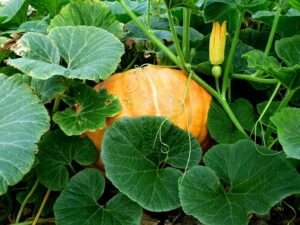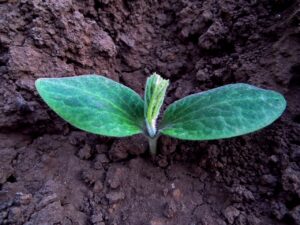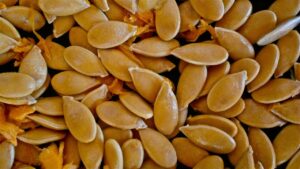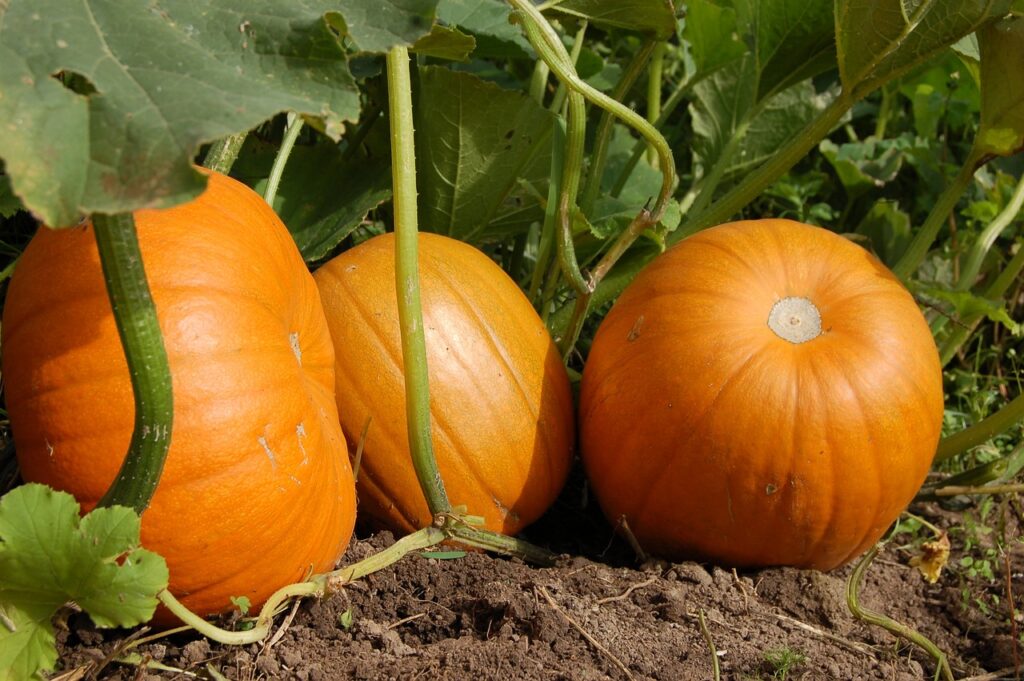Introduction:
Pumpkins, with their vibrant colours and versatility, are a favourite among gardeners and home growers alike. Whether you have acres of land or just a small balcony, there’s a way to cultivate these iconic fall fruits. In this guide, we’ll explore the ins and outs of growing pumpkins, from traditional garden plots to unconventional spaces and even indoors during the winter months.

1. How to Grow Pumpkins:
Growing pumpkins requires careful planning and attention to detail. Here’s a step-by-step guide to help you cultivate these autumn treasures:
Selecting the Right Seeds:
Begin by choosing the right variety of pumpkins for your climate and space. Consider factors such as size, colour, and maturity time.
Preparing the Soil:
Pumpkins thrive in well-draining soil with plenty of organic matter. Amend your soil with compost or aged manure to improve fertility and texture.
Planting:
Sow pumpkin seeds directly into the ground after the danger of frost has passed. Plant seeds in hills or rows, spacing them according to the specific requirements of your chosen variety.
Watering and Fertilizing:
Keep the soil consistently moist but not soggy. Fertilize regularly with a balanced fertilizer to support healthy growth.
Pest and Disease Control:
Monitor your pumpkin plants for signs of pests or diseases, such as aphids, squash bugs, or powdery mildew. Employ natural remedies or organic pesticides as needed to protect your crop.
2. Growing Pumpkins with Limited Space:
Don’t let a lack of space deter you from growing pumpkins. With a bit of creativity, you can cultivate these sprawling vines even in small gardens or containers:

Container Gardening:
Choose a large container with ample drainage holes and fill it with rich potting soil. Plant one or two pumpkin seeds per container, ensuring they have enough space to spread out.
Vertical Gardening:
Train your pumpkin vines to grow vertically using trellises, stakes, or fences. This not only saves space but also promotes better air circulation and reduces the risk of disease.
Companion Planting:
Pair your pumpkin plants with companion crops such as corn or beans, which can provide support and shade while maximizing space.
3. How to Grow Pumpkins in Winter:
While pumpkins are typically associated with autumn harvests, it’s possible to extend their growing season into the winter months with some careful planning and protection:
Start Early:
Begin your pumpkin seeds indoors several weeks before the last frost date. Transplant seedlings outdoors once the soil has warmed sufficiently.
Cold Frames or Row Covers:
Shield your pumpkin plants from frost and chilly temperatures with the help of cold frames or row covers. These protective structures trap heat and create a microclimate conducive to continued growth.
Select Cold-Hardy Varieties:
Choose pumpkin varieties that are well-suited to cooler temperatures and shorter daylight hours. Look for varieties labelled as “winter squash” or “cold-hardy” for best results.
4. How to Grow Pumpkins Indoors:
Even if you don’t have access to outdoor space, you can still enjoy the satisfaction of growing pumpkins indoors. Follow these tips for a successful indoor harvest:

Choose the Right Container:
Select a large container with adequate drainage and space for the pumpkin vines to spread. A deep container, such as a half-barrel or large planter, works well.
Provide Ample Light:
Place your indoor pumpkin garden in a sunny location, such as a south-facing window or under grow lights. Pumpkins require at least six to eight hours of sunlight daily for optimal growth.
Hand Pollination:
Since indoor environments lack natural pollinators like bees, you may need to hand-pollinate your pumpkin flowers. Use a small brush or cotton swab to transfer pollen between male and female flowers.
Control Temperature and Humidity:
Maintain moderate temperatures between 70-80°F (21-27°C) and moderate humidity levels to mimic outdoor growing conditions. Avoid placing your pumpkin plants near drafts or heating vents.

Conclusion:
With the right techniques and a little ingenuity, anyone can grow pumpkins regardless of space constraints or the time of year. Whether you’re tending to a backyard garden, a balcony container, or an indoor oasis, these tips will help you cultivate a bountiful harvest of these iconic fall fruits. Happy growing!

